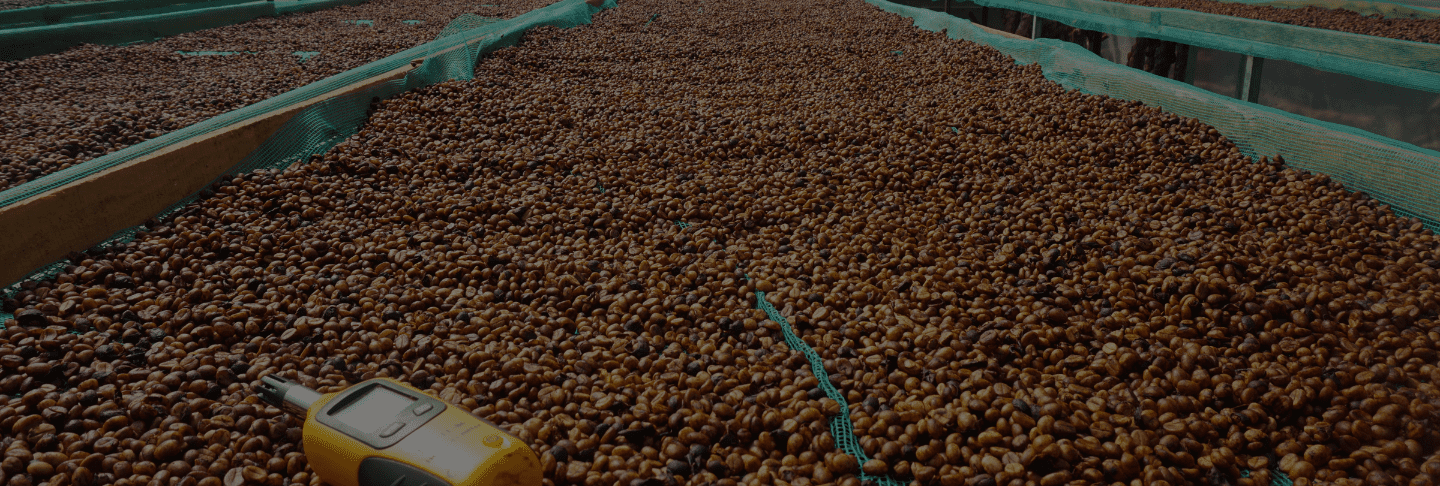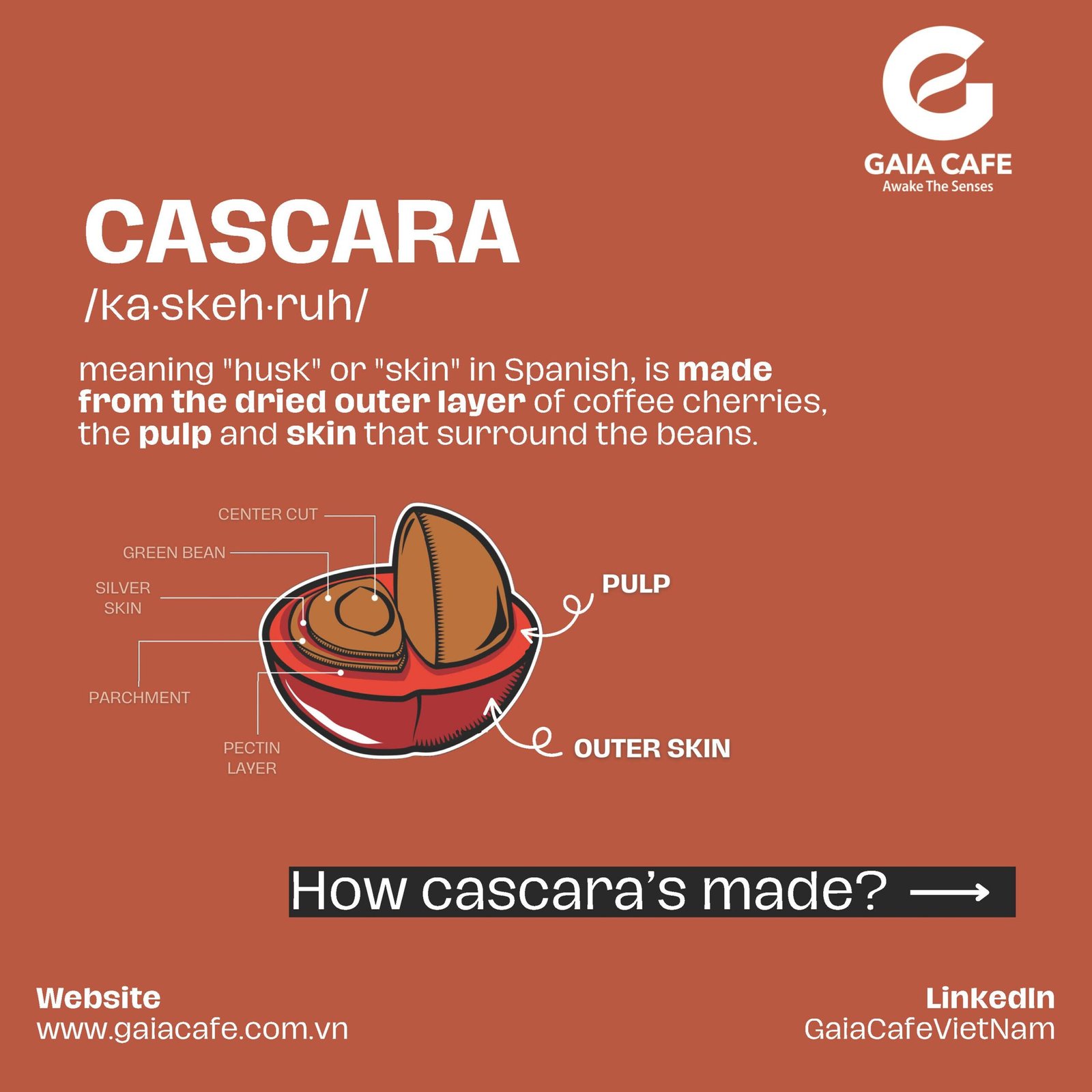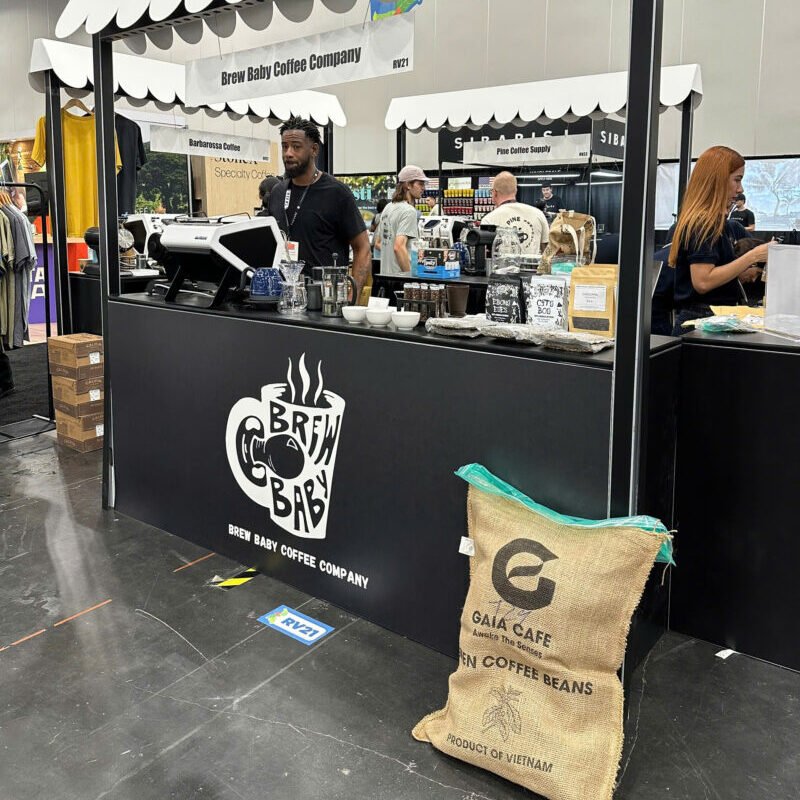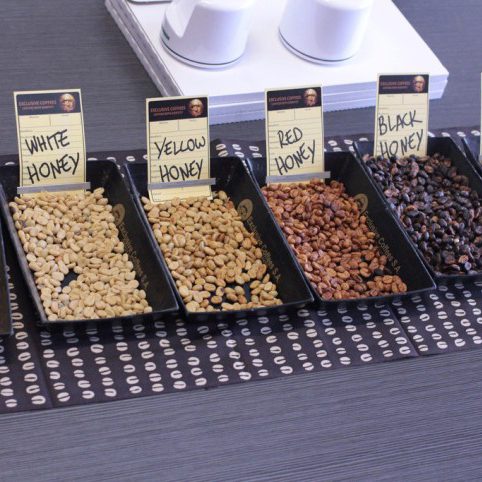
Honey Coffee Process – Part 2. The Full Spectrum of Honey Process
Now that you know what honey coffee is and you feel excited about this whole new concept, it’s worth digging deeper into the variations of honey coffee process and understand their nuances.
But if you are content with the knowledge you have absorbed above, it is ok to leave the page now before it gets all too overwhelming, because there is a full spectrum of different honey process including white, yellow, gold, red and black.

Oh, you are still with me? That’s awesome! Let’s continue 😀
I See On My Coffee Label the Term “Red Honey Process,” What Does That Mean?
As you can see in Figure 7 above, the amount of mucilage left on the beans during drying will indicate the level of honey processing the coffee beans are going through, starting from white honey with the least amount of mucilage left, going to black honey with the most amount. Generally speaking, the lighter the honey color, the more acidity presents in the final cup due to a lesser amount of glucose in mucilage breaking down during fermentation.
To be specific (keep in mind that these percentages vary from farm to farm, from growing region to growing region, so do take these numbers with a grain of salt):
- White Honey: 5% – 10% mucilage left on the beans
- Gold Honey: 10% – 15% mucilage left on the beans
- Yellow Honey: 15% – 50% mucilage left on the beans
- Red Honey: 50% – 90% mucilage left on the beans
- Black Honey: 90% – 100% mucilage left on the beans
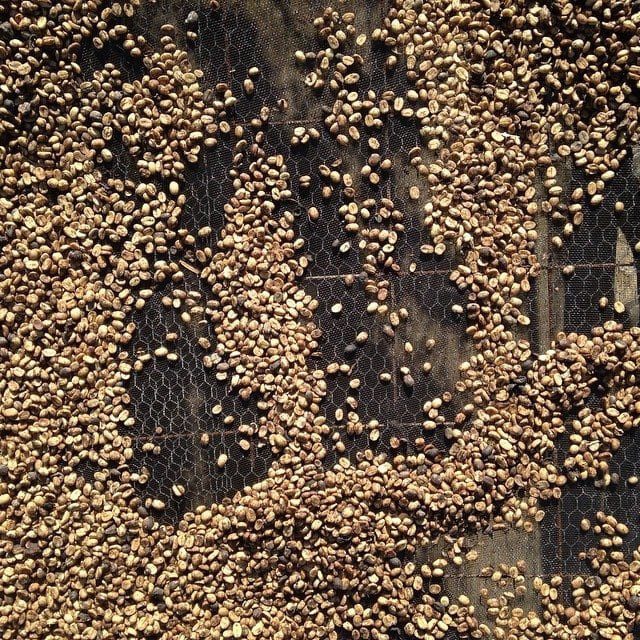
White Honey
- Mucilage: almost 100% removed
- Naturally dried under the sun
- Clean and balanced aftertaste
Due to the fact that almost all of the mucilage layer is removed, or maximum 10% of it remains intact, the taste of white honey can be said to be comparable to coffee processed using washed method.
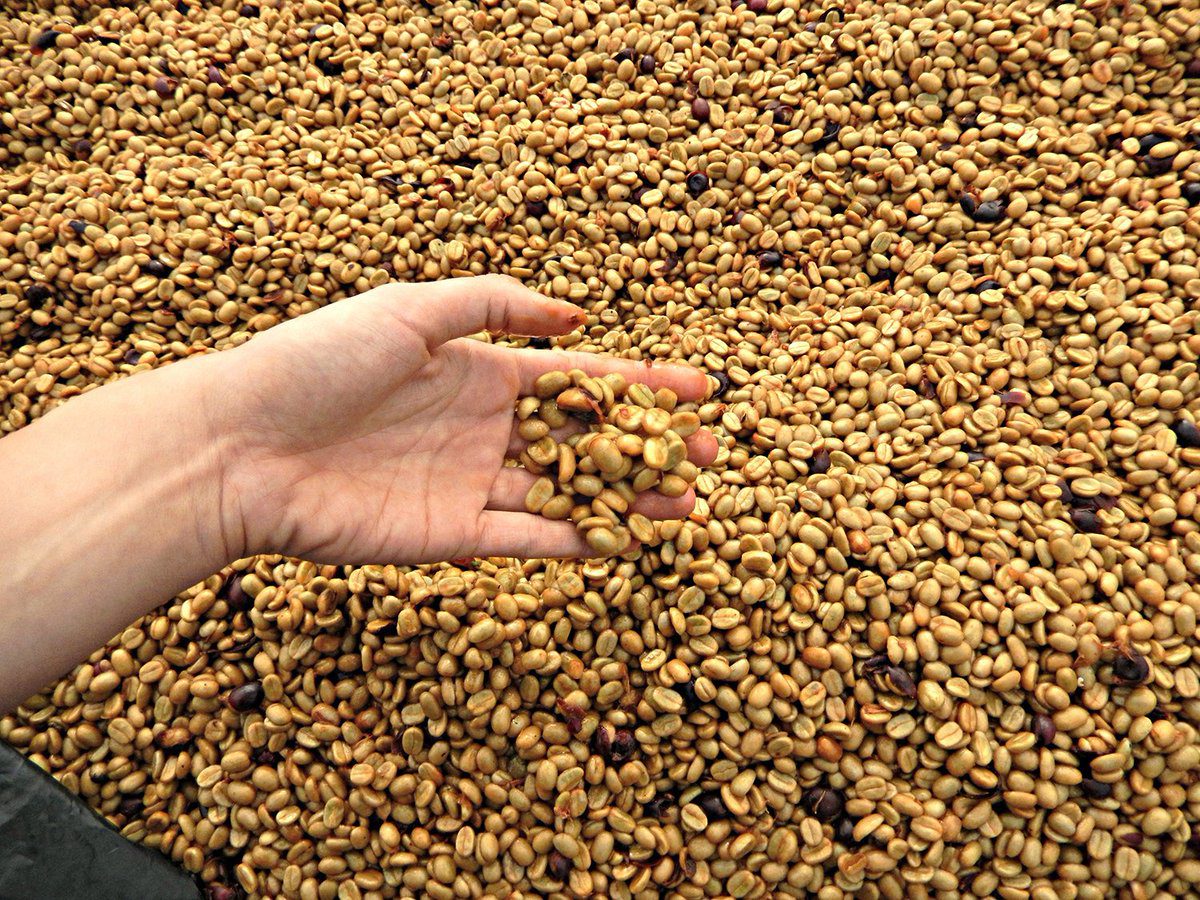
Yellow Honey
- Mucilage: about 50% of more removed
- Naturally dried under the sun
- Taste notes: floral, fruity, apricot and other stoned fruits
Yellow honey must be dried naturally with lots of sunlight (as opposed to in a mechanical dryer), which means the beans will receive more heat and thus dry quicker. This type of honey is usually sundried for a week or so, depending on the preferences of the processing farm and the growing region.
Similar to white honey, the taste of yellow honey coffee resembles that of fully-washed coffee. However, because its percentage of mucilage left on the bean is higher than on white honey, yellow honey does offer a bit more of sweeter aftertaste.
Gold honey (or golden honey) is a level between white and yellow honey, with about 75% of the mucilage removed, and has crisp, citrusy taste notes. However, for some reasons, yellow honey is more popular than golden honey on the market.
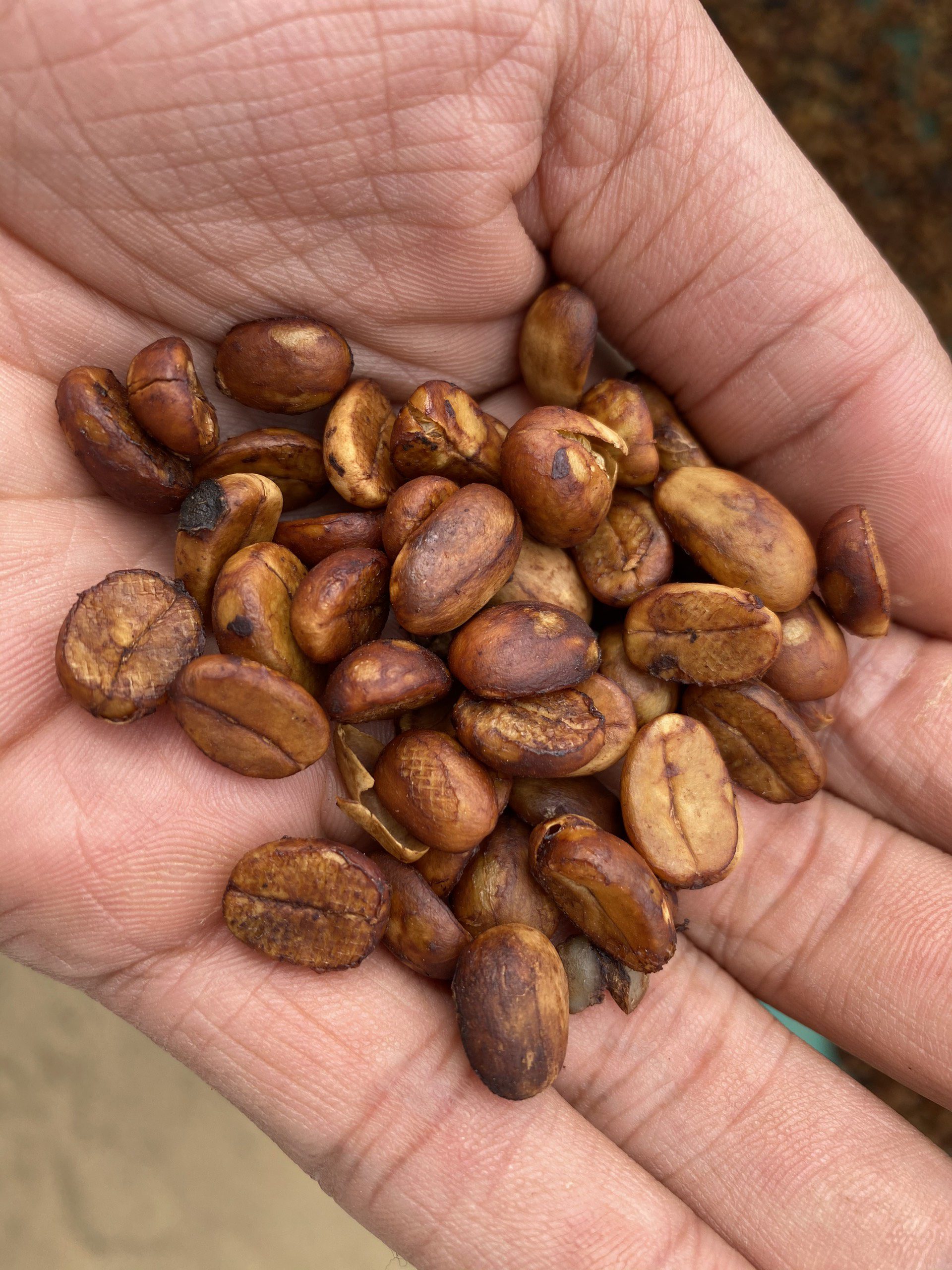
Red Honey
- Mucilage: 10% – 50% is removed
- Naturally sundried with more shades
- Taste notes: Balanced acidity and fruit-forward undertones
Red honey is usually dried naturally under the sun with some shades to slow down the drying time and allow for longer fermentation. The shade will increase the humidity to which the beans are exposed.
A majority of Gaia coffee beans are produced using this Red Honey process; therefore, you will find the flavor attributes to be more balanced and rounded, with sweet aftertaste, ripe tropical-fruit undertones and some hints of vanilla regardless of roast degree.
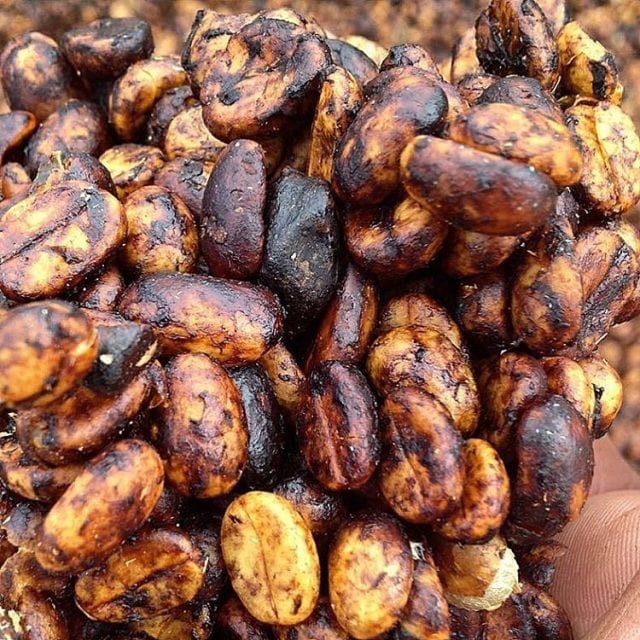
Black Honey
- Mucilage: 0% – 10% mucilage is removed
- Naturally sundried, mostly under shades
- Taste notes: Caramel-like, toffee, deep fruit-notes, mild acidity
With most of the mucilage left untouched on the beans, black honey is the rarest and most labor intensive process, reminiscent the method of natural process. The beans must be sundried under lots of shades with some level of humidity to prolong the drying time and thus fermentation stage.
Compared to white honey process, black honey requires double drying time as well as labor because the beans need to be raked and turned constantly every day to ensure even drying all around; otherwise the beans will become fouled due to over-fermentation or mold growth.
The tradeoff, though, is the flavor profile of striking sweetness and amazing complexity – one that is unparalleled.
Each successive honey process (black, then red, then yellow, gold, and white) represents less mucilage and quicker drying times, or more frequent turning, resulting in brighter and lighter bodied cups. The white honey process is intriguing as all the cherry is removed using water jets, which makes it possibly the most “fruit”-free process, even more so than washed processing.[4]
With the rise in popularity of this method, the Specialty Coffee Association’s new quality segmentation model splits the Arabica and Robusta species into three groups along the post-harvest production process: washed, pulped natural/honey and natural; in addition to the traditional quality segmentations of standard, premium and specialty.[5]
End of Part 2. To be continued.

References:
[4] Colonna-Dashwood, M. (2017, October 3). Coffee Dictionary: An AZ of coffee, from growing & roasting to brewing & tasting (01 ed.). Chronicle Books.
[5] Bozzola, S. Charles, T. Ferretti, E. Gerakari, H. Manson, N. Rosser, P. von der Goltz (2021). The Coffee Guide Fourth Edition. International Trade Centre, Geneva, Switzerland.
Please kindly remember to credit us, the diligent writers at Gaia Café, when you use our materials in your writing or for your research.


